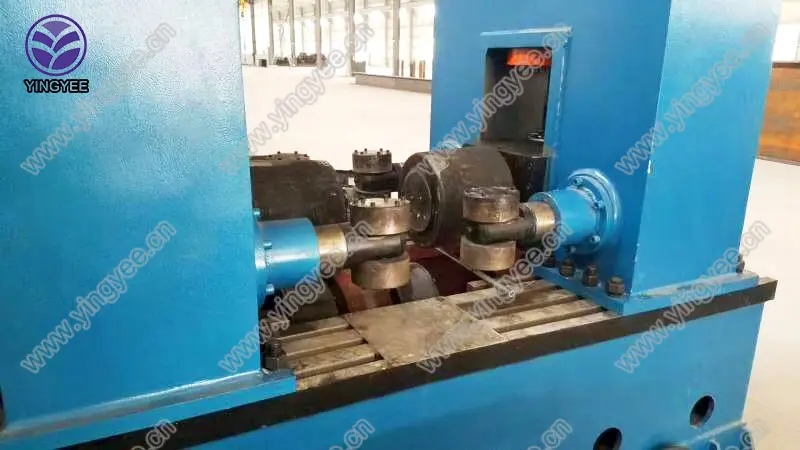
The Role of W Beam Guardrail Cold Bending Machine in Infrastructure Safety
In the ever-evolving landscape of modern infrastructure, ensuring the safety of roadways has become paramount. One critical component of this safety infrastructure is the guardrail, specifically the W-beam guardrail. This type of guardrail is favored for its efficiency and effectiveness in mitigating the impact of vehicle collisions. The formation and installation of these guardrails rely heavily on a sophisticated piece of equipment known as the W-beam guardrail cold bending machine. This article will explore the significance, operation, and advancements of this essential machinery in enhancing road safety.
Understanding W-beam Guardrails
W-beam guardrails are designed primarily to redirect errant vehicles away from hazardous areas. Constructed from high-quality steel, these guardrails have a distinctive W shape that allows for effective energy absorption during impacts. They are typically placed along highways and roads, particularly in areas with high traffic, sharp curves, and other potential hazards. The functionality of these guardrails is directly linked to their correct installation, which cannot be achieved without the use of specialized machinery.
The Cold Bending Process
Cold bending is a manufacturing process that involves deforming metal sheets without the application of heat. This technique is favored for producing W-beam guardrails as it preserves the strength and integrity of the steel while allowing for precise shaping. The W-beam guardrail cold bending machine is engineered to perform this task with exceptional accuracy. By utilizing hydraulic or mechanical forces, the machine bends the metal sheets into the required W shape, ensuring uniformity and structural performance.
The cold bending process also results in a smoother finish, which is crucial for reducing wear and tear on the equipment during handling and installation. Moreover, the absence of heat helps to prevent residual stresses that can lead to failures or deformations under load. Therefore, the cold bending machine plays a vital role in increasing the longevity and durability of W-beam guardrails.
Advantages of W-beam Guardrail Cold Bending Machines

1. Efficiency and Productivity Modern cold bending machines are equipped with advanced technology that allows for the rapid production of W-beam guardrails. Automated features streamline the bending process, minimizing human error and enhancing output rates. This efficiently meets the increasing demand for guardrails as infrastructure projects proliferate worldwide.
2. Customizability Different road conditions and safety requirements necessitate a variety of guardrail designs and dimensions. Cold bending machines can be easily adjusted to produce customized guardrails, catering to specific project needs. This adaptability is crucial in a dynamic construction environment where specifications may change frequently.
3. Cost-effectiveness By ensuring high production rates and reducing material waste through precise bending, cold bending machines contribute to significant cost savings. The durability of cold-bent guardrails also minimizes the need for frequent replacements or repairs, further reducing long-term expenditure.
4. Environmental Considerations The cold bending process generates less waste compared to traditional heating methods. Moreover, the longevity of the guardrails reduces the frequency of replacements, thereby minimizing environmental impact.
Future Innovations and Trends
As technology continues to evolve, so too does the design and functionality of the W-beam guardrail cold bending machine. Future advancements may include enhanced automation, integrating artificial intelligence to optimize production processes, and improved sensors for quality control during manufacturing. Additionally, the incorporation of sustainable practices, such as utilizing recycled materials, is gaining traction in the industry.
Conclusion
In summary, the W-beam guardrail cold bending machine is a critical tool in the manufacturing and installation of vital roadway safety features. By producing high-quality, durable guardrails efficiently and cost-effectively, this machinery plays an integral role in enhancing road safety. As infrastructure demands grow and technological advancements continue, the importance of these machines in shaping the landscape of transportation safety will undoubtedly increase. Investing in efficient manufacturing tools like the W-beam guardrail cold bending machine ultimately benefits public safety and the overall performance of our road networks.